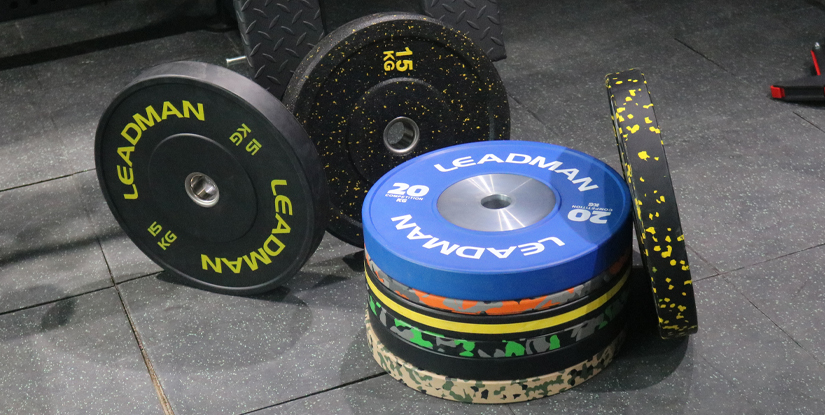Wide Pulldown: Technique, Benefits & Variations

Wide Pulldown: Overview
The wide pulldown is a foundational upper-body exercise performed on a cable machine to target the latissimus dorsi and associated pulling musculature. Executed with a wide grip, it emphasizes upper and outer lat fibers, improves shoulder stability, and contributes to back width. This article provides a practical, professional guide to technique, programming, variations, equipment setup, and troubleshooting to help coaches and trainees maximize outcomes while minimizing injury risk.
Muscles Targeted
The primary mover is the latissimus dorsi. Secondary muscles include the teres major, posterior deltoids, biceps brachii, brachialis, and the rhomboids. The wide grip increases emphasis on the outer lat border and engages the scapular retractors to a lesser extent than narrower grips.
Proper Technique: Step-by-Step
Set the thigh pads to secure your legs and select an appropriate weight. Sit tall with a neutral spine, feet flat, and chest lifted. Reach up to grasp a long bar with a grip wider than shoulder width, palms facing away. Initiate the movement by retracting the scapula, then pull the bar down in a controlled arc toward the upper chest. Avoid excessive torso lean; use about 10–20 degrees of backward lean for leverage. Return under control to the start position, allowing the lats to lengthen without losing tension.
Key Technical Cues
- Drive the elbows down and back rather than pulling with the hands.
- Keep the chest up to facilitate a full lat contraction.
- Avoid shrugging the shoulders; engage the scapular depressors and retractors first.
- Breathe out during the concentric pull and inhale on the eccentric return.
- Choose a weight that permits strict movement for 6–15 repetitions depending on goals.
Common Mistakes and How to Fix Them
Common errors include excessive torso momentum, pulling behind the neck, using an overly narrow grip for a wide-pulldown objective, and allowing the elbows to flare incorrectly. To correct these, reduce load, maintain a slight backward lean, pull to the upper chest, and emphasize elbow drive. Avoid behind-the-neck variations unless under professional supervision, as they increase shoulder impingement risk.
Variations
- Neutral grip wide pulldown: uses parallel handles to reduce shoulder strain.
- Close grip pulldown: shifts emphasis to the lower lats and biceps.
- Single-arm cable pulldown: addresses unilateral asymmetries and improves mind-muscle connection.
- Resistance band wide pulldown: portable option for tempo training and rehabilitation.
- Eccentric-focused pulldown: slow controlled returns to increase time under tension.
Programming and Progression
Use the wide pulldown for hypertrophy, strength, and balanced pull training within a program. For strength focus, perform 3–5 sets of 4–6 controlled repetitions with heavier loads and longer rest. For hypertrophy, target 3–4 sets of 8–15 reps with moderate load and 60–90 seconds rest. Progress by increasing load, improving control, increasing volume, or implementing tempo changes. Track performance and technique, prioritizing progressive overload while maintaining movement quality.
Warm-Up and Mobility Considerations
Ensure thoracic mobility and scapular control before heavy pulldowns. Include dynamic shoulder circles, band pull-aparts, and light pulldown sets for 10–15 repetitions as part of an activity-specific warm-up. Address limited overhead mobility by incorporating thoracic rotations and pec minor stretches to reduce compensatory movement patterns.
Equipment Setup and Maintenance
Set the thigh pads snugly to prevent the body from lifting during heavy reps. Inspect the cable, pulleys, and bar for wear or slack before use. For hygiene and longevity, wipe handles after use and report any irregular noises or jerky movement to facility staff for maintenance.
Safety and Contraindications
Individuals with acute shoulder impingement, uncontrolled hypertension, or recent shoulder surgery should consult a healthcare professional before performing wide pulldowns. Avoid aggressive behind-the-neck pulldowns and excessive load that forces compensatory torso flexion. If pain occurs (not to be confused with muscle fatigue), stop and reassess technique or seek professional evaluation.
Sample Training Templates
- Strength block: 3–5 sets of 4–6 reps, 2–3 min rest, twice weekly.
- Hypertrophy block: 3–4 sets of 8–12 reps, 60–90 sec rest, 1–2 times weekly as part of back session.
- Endurance/conditioning: 2–3 sets of 15–20 reps with lighter load, controlled tempo.
Tracking Progress
Record load, reps, perceived exertion, and qualitative technique notes. Video capture from the sagittal plane can help identify torso lean, elbow path, and bar trajectory. Address asymmetries with unilateral variations and ensure balanced pulling volume relative to pressing to maintain shoulder health.
Frequently Asked Questions
- Can wide pulldowns build a V-shaped back? Yes, when combined with overall back programming and proper nutrition, wide pulldowns increase lateral width.
- Is behind-the-neck pulldown safe? Generally no; it increases shoulder impingement risk and is not recommended for most trainees.
- How often should I perform wide pulldowns? 1–3 times per week depending on volume and recovery capacity.
- Should I use straps for wide pulldowns? Straps can help when grip limits progression, but use them selectively to preserve grip strength.
- What rep range is best for lats? Hypertrophy 8–15 reps; strength 4–6 reps; endurance 15+ reps—maintain strict form.
- Can beginners do wide pulldowns? Yes, with light loads and coaching to establish proper scapular control and posture.
- How do I fix elbow flaring? Focus on driving elbows down and back and cue scapular retraction before pulling.
- Are resistance bands a suitable substitute? Yes, bands replicate the movement and are useful for mobility and travel training.
- When should I progress load? Progress when you can complete prescribed reps with solid form for two consecutive sessions.

